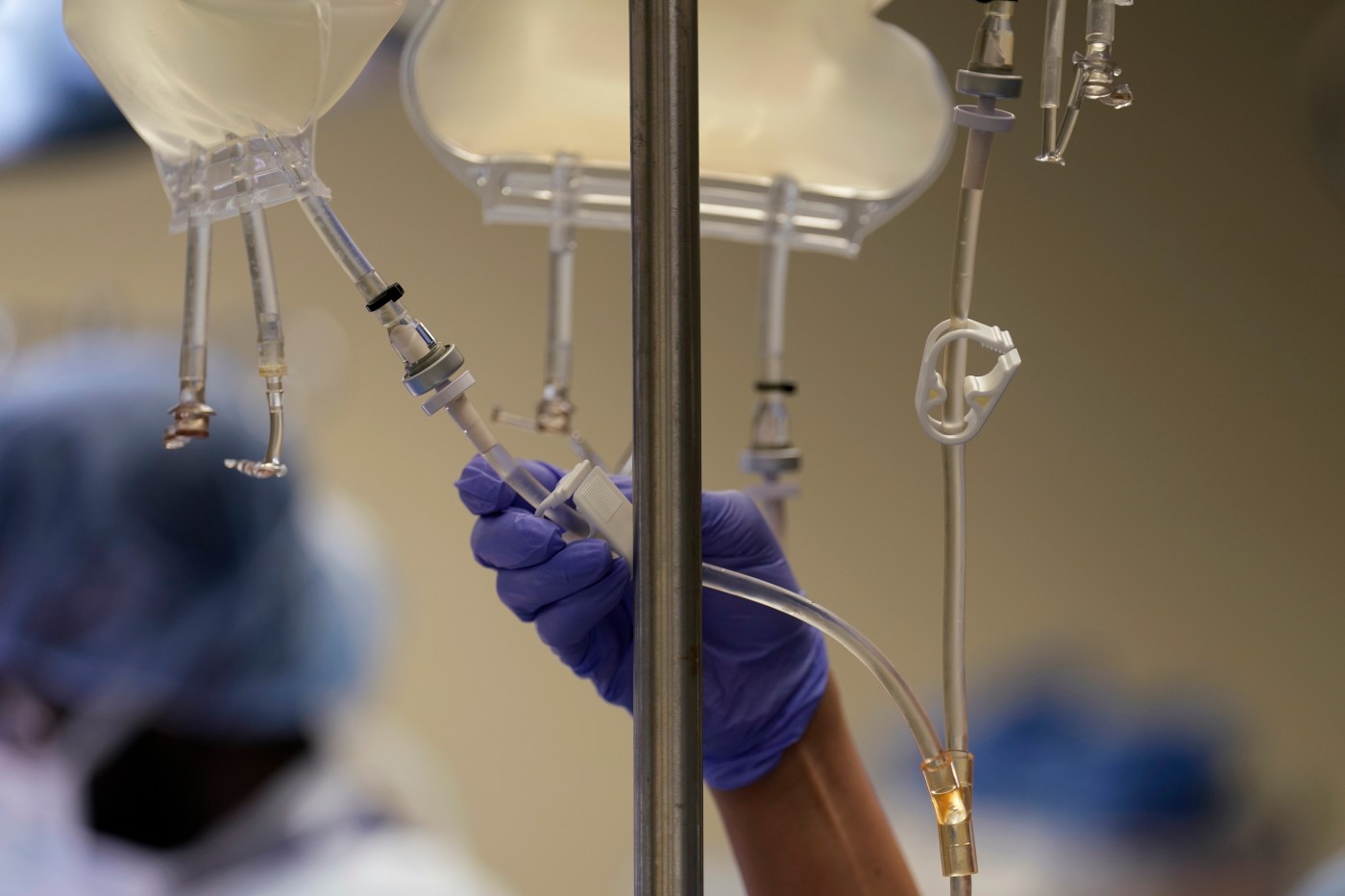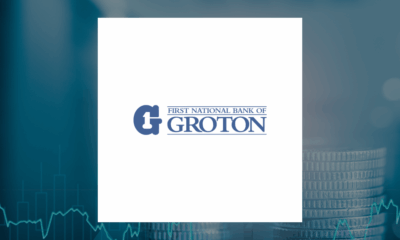Health
Improving Communication in Healthcare: A Call to Action

Poor communication in healthcare settings has become increasingly evident, leading to confusion and dissatisfaction among patients and their families. The essence of effective communication—defined as the exchange of information—remains crucial, especially within the healthcare sector. A lack of emphasis on meaningful dialogue contributes to misunderstandings that can adversely affect patient care.
The challenges in healthcare communication are particularly pronounced in high-stakes environments, such as palliative medicine. According to Ivy Akid, a palliative care physician at Johns Hopkins Hospital, the way healthcare providers communicate can significantly impact patient experiences. Conversations regarding life-altering diagnoses often become tense and fraught with emotion, highlighting the necessity for clarity and empathy in discussions.
Technology’s Role in Communication Breakdown
As technology continues to evolve, its influence on communication within healthcare has grown. While advancements like electronic medical records streamline processes, they can also create barriers. Akid notes that the reliance on secure messaging platforms for discussing patient cases often diminishes the depth of interactions. What was once a thoughtful, in-person conversation about patient care has been reduced to abbreviated texts and medical jargon, which can alienate families seeking comfort and understanding.
Furthermore, the use of acronyms specific to medical specialties can result in a lack of clarity. When healthcare professionals fail to translate complex medical terms into accessible language, patients and families may feel overwhelmed and dismissed. Akid emphasizes the importance of building connections through effective communication, asserting that healthcare providers must take the time to walk families through their thought processes.
Strategies for Enhancing Patient-Provider Communication
Addressing the communication gap requires a multifaceted approach. One effective strategy is to hire staff who reflect the diverse languages and cultures of the patient population. By recruiting personnel who can communicate in patients’ native languages, healthcare facilities can bridge the gap that often exists due to linguistic barriers. This can lead to improved understanding and a more compassionate patient experience.
Moreover, establishing clear standards for what constitutes effective communication in healthcare is essential. Currently, many hiring processes focus on subjective assessments of communication skills, which can inadvertently favor candidates based on their backgrounds rather than their actual ability to connect with patients. Akid advocates for a reevaluation of these criteria, urging healthcare organizations to prioritize candidates who demonstrate empathy and the capacity to engage meaningfully with patients.
The impact of these changes can be profound. When patients feel heard and understood, they are more likely to trust their healthcare providers and adhere to treatment plans. This, in turn, can lead to better health outcomes. As Akid points out, effective communication fosters a connection that is vital for patient-centered care.
By recognizing the importance of communication and taking actionable steps to improve it, healthcare providers can enhance the quality of care delivered. A commitment to understanding patients on a deeper level not only benefits individuals but also strengthens the healthcare system as a whole.
The insights shared by Ivy Akid reflect a growing recognition of the need for change in healthcare communication practices. As the sector continues to evolve, prioritizing effective dialogue will be essential in ensuring that patients and families feel valued and empowered in their healthcare journeys.
-

 Health4 days ago
Health4 days agoRare Brain Condition Discovered More Common in New Mexico
-

 Politics5 days ago
Politics5 days agoPrince Andrew Steps Back from Royal Duties Following Epstein Memoir
-

 Health5 days ago
Health5 days agoRemembering Mary Ingleby: A Life of Love, Teaching, and Music
-

 Sports5 days ago
Sports5 days agoMLS Decision Day 2025: Playoff Spots on the Line as Teams Clash
-

 Science5 days ago
Science5 days agoIdaho State University Launches Haunted Science Laboratory on Oct. 25
-

 World5 days ago
World5 days agoYoung Driver Dies in Collision with Box Truck in El Cajon
-

 Lifestyle5 days ago
Lifestyle5 days agoKent Hamilton Named Southeastern Farmer of the Year at Expo
-

 Entertainment5 days ago
Entertainment5 days agoTrump Commutes George Santos’ Sentence, Sparks Controversy
-

 Politics5 days ago
Politics5 days agoNavy Veteran Max Quattromani Launches Campaign for Assessor Seat
-

 Sports5 days ago
Sports5 days agoSaquon Barkley Reacts to James Franklin’s Dismissal from Penn State
-

 Business5 days ago
Business5 days agoFirst National Bank of Groton’s Quiet Period Ends October 21
-

 Health5 days ago
Health5 days agoFDA Introduces First Nine Recipients of National Priority Vouchers









